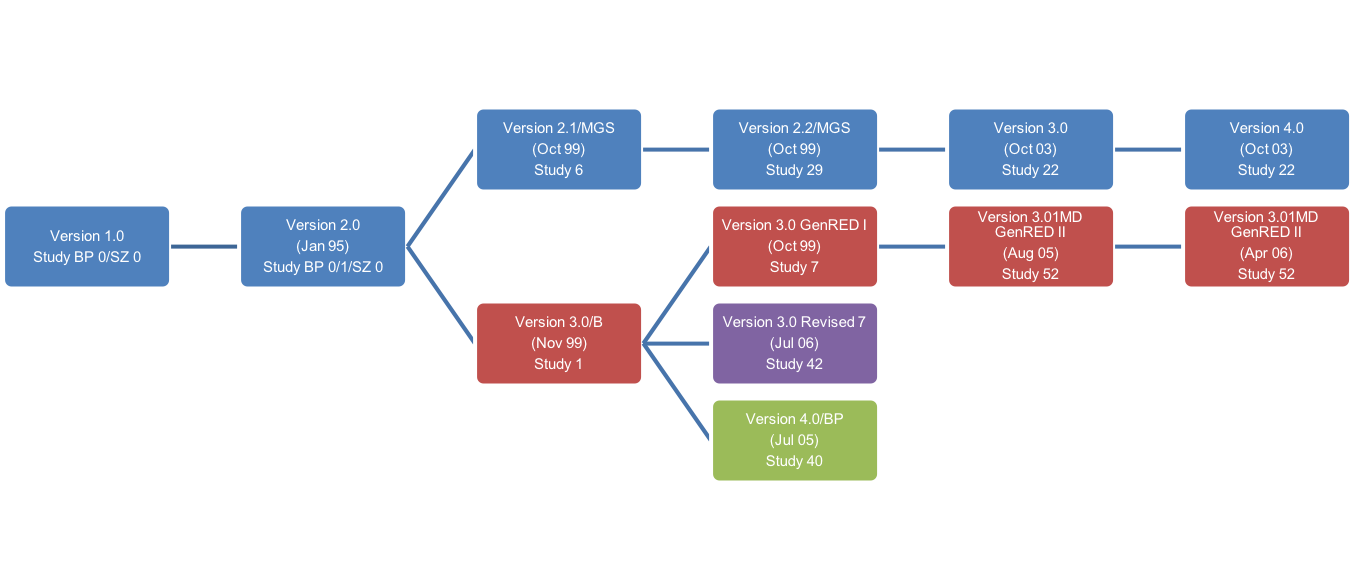DIGS Overview
About
The Diagnostic Interview for Genetics Studies (DIGS) was developed by investigators from sites in the National Institute of Mental Health (NIMH) Genetics Initiative. The purpose of the DIGS is to record information regarding a subject’s functioning and psychopathology. The organization of the interview and the item coverage are designed to elicit information necessary for making diagnoses within multiple diagnostic frameworks. The interview is suitable for use in studies of probands and their relatives. It allows for assessment of current and past episodes of illness.
Development of the DIGS instrument and training manual was supported by the NIMH Diagnostic Centers for Psychiatric Linkage Studies (extramural grant numbers U01 MH 46274, 46276, 46280, 46282, 46289, 46318, and the Clinical Neurogenetics Branch, Instramural Research Program, NIMH).
Participating members of the NIMH Diagnostic Centers for Psychiatric Linkage Studies include: Mary Blehar, Ph.D., C. Robert Cloninger, M.D., J. Raymond DePaulo, Jr., M.D., Stephen Faraone, Ph.D., Elliot Gershon, M.D., Juliet Guroff, M.S.W., Jill Harkavy Friedman, Ph.D., Charles Kaufman, M.D., Dolores Malaspina, M.D., Mary Elizabeth Maxwell, M.S.W., John Nurnberger, Jr., M.D., Ph.D., John Pepple, Ph.D., Theodore Reich, M.D., Sylvia Simpson, M.D., Ming Tusang, M.D., Ph.D., D.Sc., and Carolyn York, R.N.
Harmonized Versions
While using the DIGS for research projects, investigators sometimes adapted existing interviews and tailored them to meet the needs of their own study. Due to these adaptions, various versions of the DIGS are now available. We have created two DIGS comparison guides which show, at a glance, differences among versions.
DIGS Comparisons Guide I includes versions 1.0, 2.0, 2.1/MGS, 2.2/MGS, 3.0, and 4.0. DIGS Comparison Guide II includes versions 3.0/B, 3.0 GenRED I, 3.01MD GenRED II version 1, 3.01 GenRED II version 2, 3.0 Revised 7, and 4.0/BP.
In these comparisons guides, each version is represented by shape and color. If the shape is filled in with the specified color, that means the question is present in that specific version. In instances where the questions or responses vary, each variation will be present. More specific information can be found in each comparison guide.
Phylogeny
This phylogeny highlights the evolution of the DIGS. Related versions are grouped together by color.
